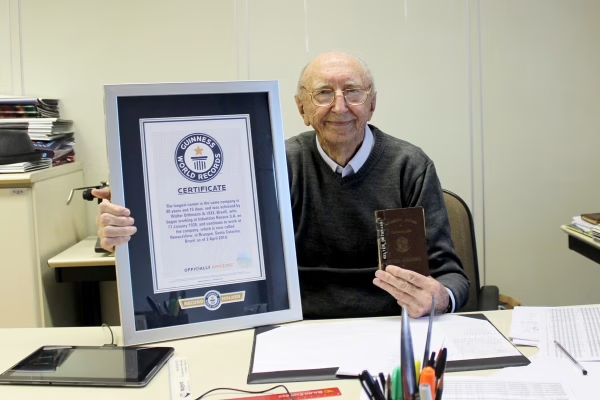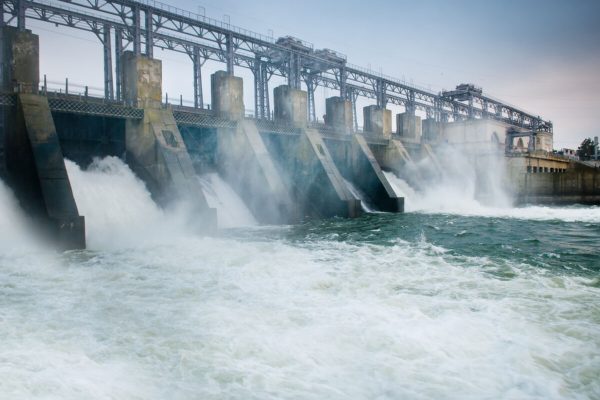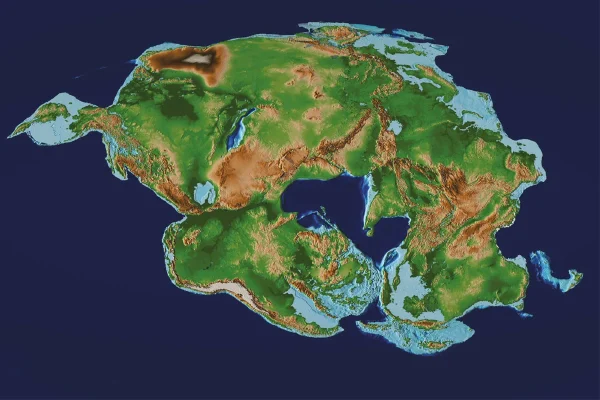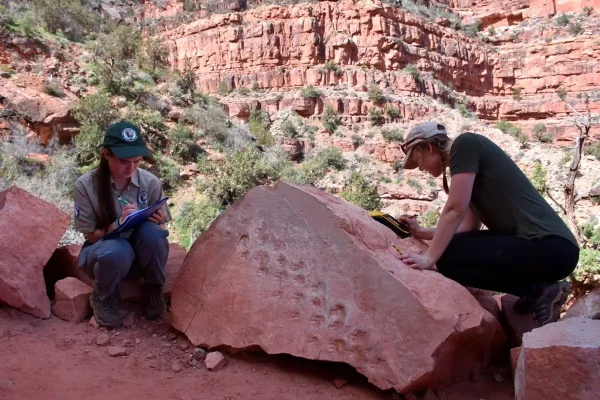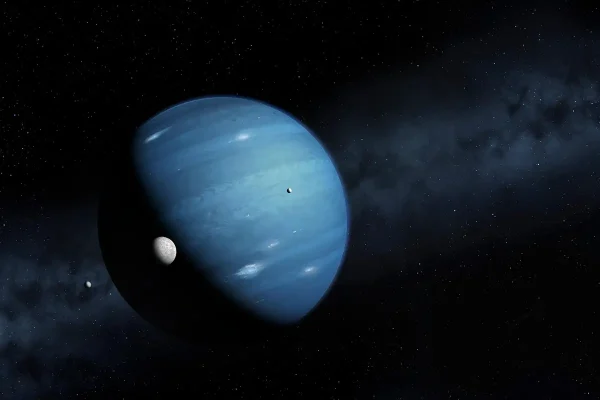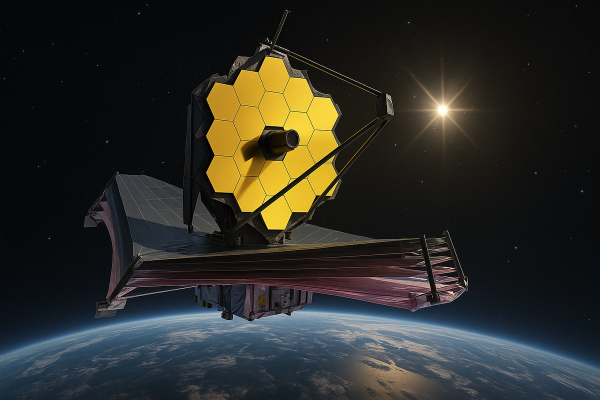At 100 years old, he sets the world record for the longest career at the same company
Forget retirement, Walter Orthmann is reinventing the concept! While some dream of relaxing in a hammock at 65, he has set a world record for longevity at work. At the ripe old age of 100, the Brazilian has just entered the Guinness Book of Records for spending more than eight decades at the same company. […]
The University of Granada helped discover something that contradicts everything we knew about physics: water as a super energy store.
Advances in energy and biomedical technology may play a leading role in this breakthrough. The fact that water is the most common substance on Earth does not mean that we know everything about it. In fact, a revolutionary new study has just shown that, under the right conditions, the liquid can acquire properties that challenge […]
A geochemist at Penn State reveals in Nature that continents formed at temperatures above 900°C
A new study on the chemical components of rocks provides the clearest evidence to date explaining how Earth’s continents became and remained so stable, and the main ingredient is heat. A new study provides the clearest evidence to date explaining how landforms became and remained so stable, and the main factor is heat. For billions […]
World record: this cake hasn’t moved since the time of the pharaohs (and it still looks just as good)
An extraordinary archaeological discovery challenges everything we think we know about food preservation. Deep within an ancient Egyptian tomb, researchers have unearthed a cake that has survived more than four millennia without losing its shape or structure. This culinary feat, officially recognised by the Guinness Book of Records as the world’s oldest cake, reveals unexpectedly […]
China announces an unprecedented discovery: geologists uncover deposit with more than 1,000 tonnes of gold hidden underground
China announces the discovery of a deposit in Hunan with more than 1,000 tonnes of gold, valued at over £80 billion. China surprised the world with the discovery of a huge gold deposit in Hunan province, a find that is already generating excitement in the mining sector and could become one of the largest in […]
These strange red Australian rocks conceal fossils of impossible precision
Madagascar: numerous fossils discovered in a submerged cave Experts from the National Science Foundation believe they have found the largest deposit of… Beneath the red plains of New South Wales, ordinary rocks conceal a secret millions of years old. At their core, fossils of unparalleled fineness tell the forgotten story of a tropical forest and […]
What’s new on Planet 9?
Since 2006, when Pluto was stripped of its planetary status, the solar system has had eight planets. However, the strange alignment of certain trans-Neptunian objects raises questions for some: what if there were a ninth planet hidden somewhere? Since Pluto was downgraded to dwarf planet status, our solar system has only had eight planets. But […]
A theoretical discovery is shaking up cosmology: dark matter could be a trace in the memory of the cosmos
A radical new hypothesis suggests that information, not matter, is the true fabric of the universe. This idea could finally reconcile black holes, dark matter and dark energy. What if the universe were not only made up of atoms, gravitational fields or exotic particles? A recent theory suggests that everything that exists is based on […]
Three ways to get rich quickly, according to AI
These tips could help you improve your quality of life. The idea of achieving wealth in a short period of time has attracted millions of people around the world. The emergence of artificial intelligence in everyday life has reignited interest in learning about the methods that, according to these systems, can rapidly increase personal wealth. […]
Could the James Webb Telescope have discovered the first black stars?
The early universe still holds many mysteries, and the James Webb Space Telescope may have made a discovery that could revolutionise our understanding of the first stars. Among the most distant objects ever observed, some have such strange characteristics that they could belong to a completely new category of stars, whose energy does not come […]

